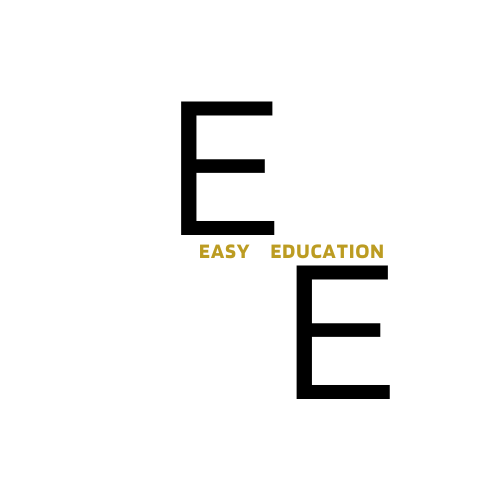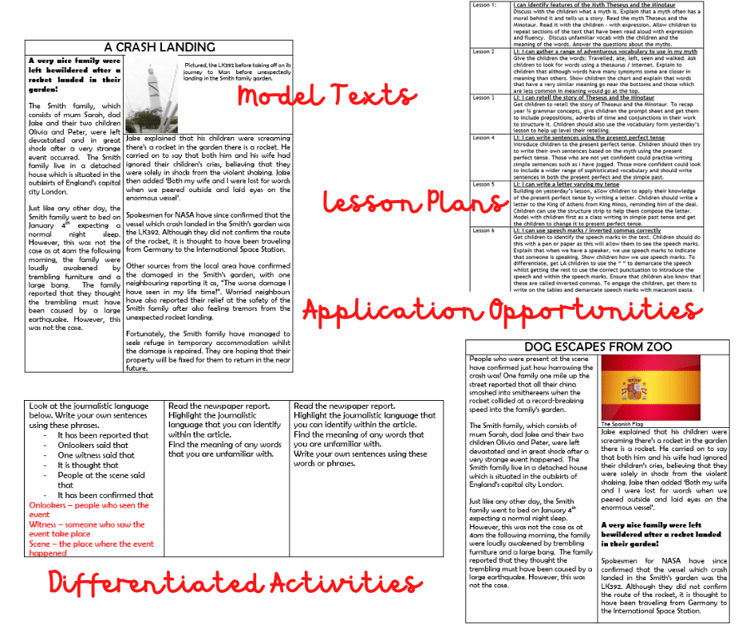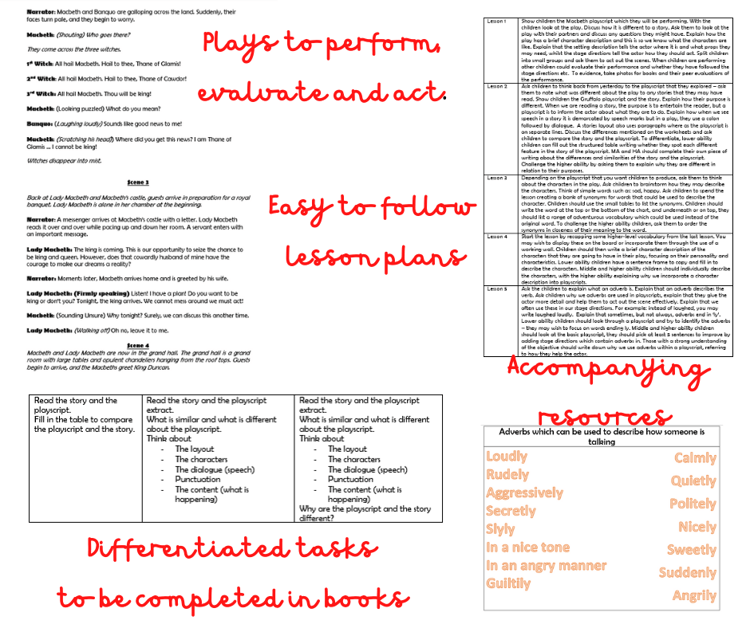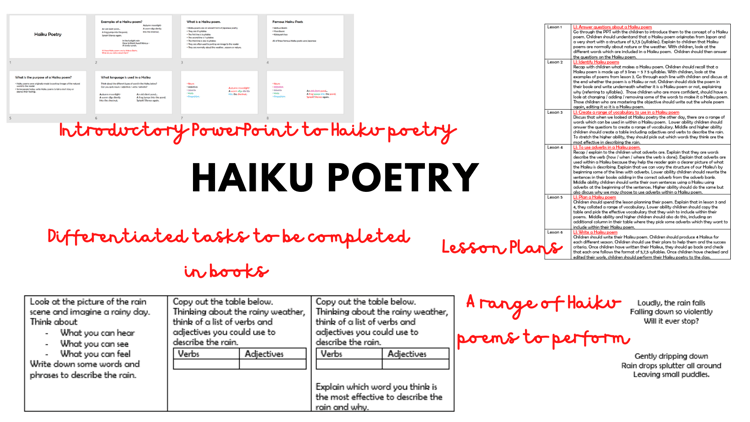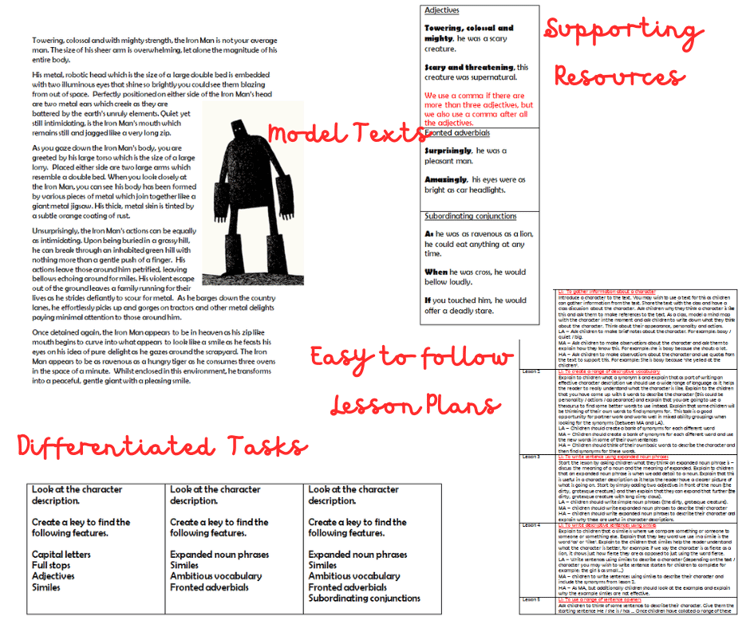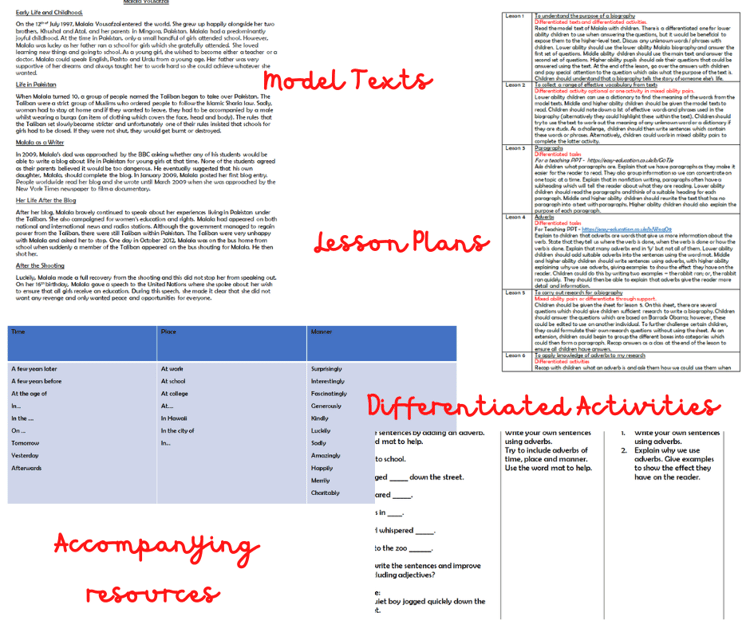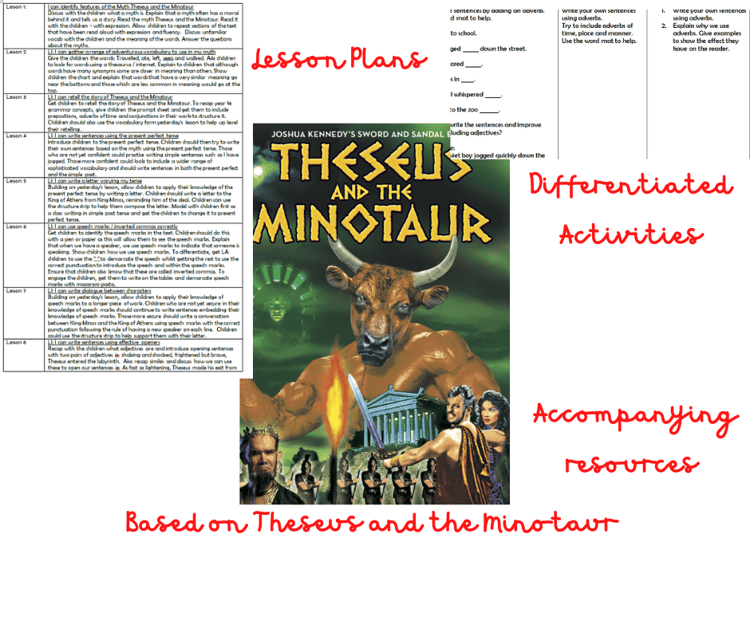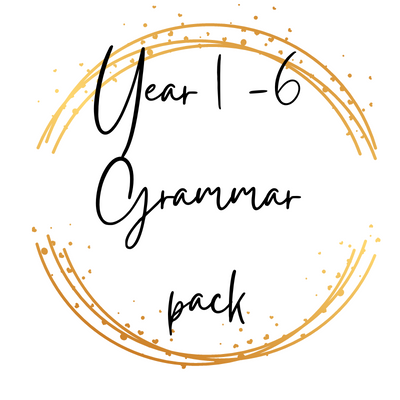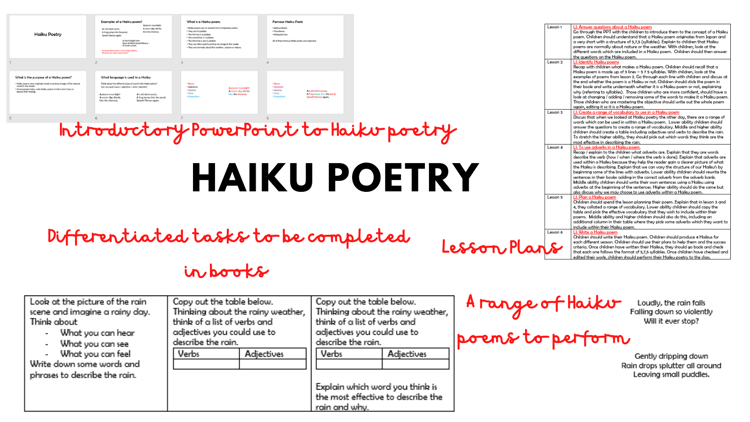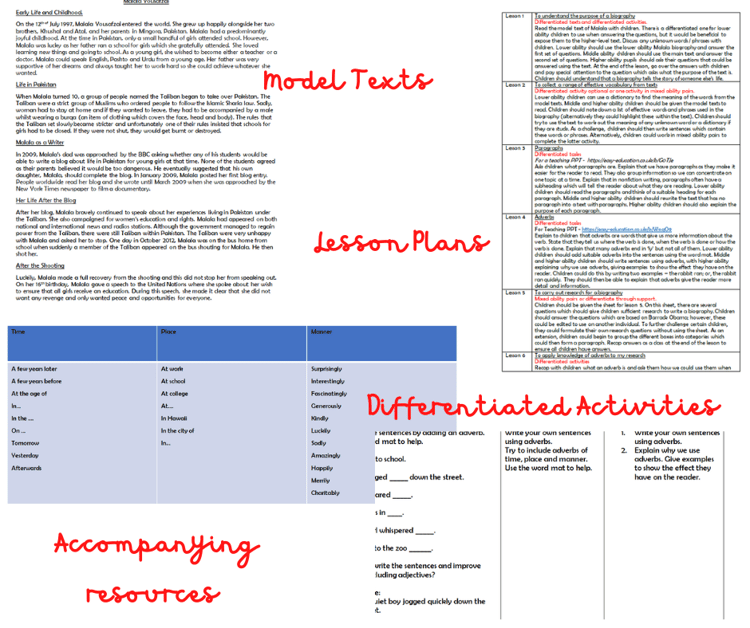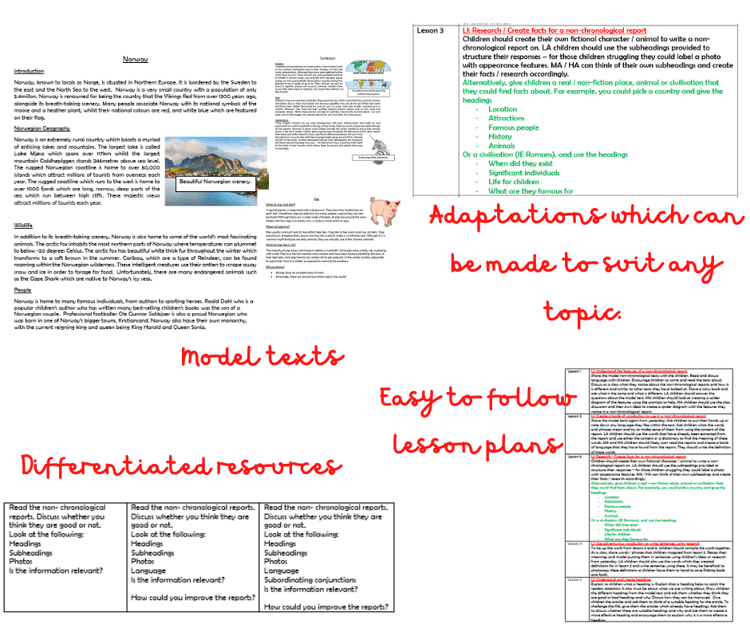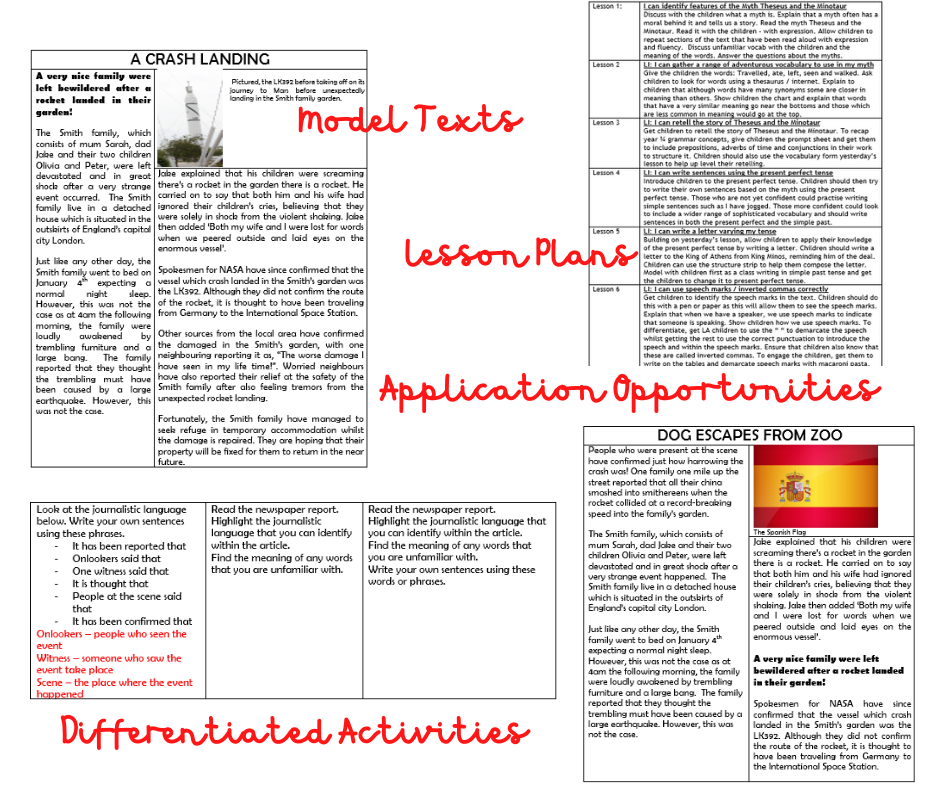
Newspapers Y3
On Sale
£2.50
£2.50
A unit on newspaper reports, based on the year 3 curriculum, consisting of 12 lessons. The pack includes 12 lessons which are fully resourced with differenitated tasks, accompanying resources and model texts. This unit focuses on producing a newspaper on the text The Iron Man by Ted Hughes; however, the unit is adaptable meaning it can be adapted to suit any topic or event.
Lesson 1 - Understand the features of a newspaper
Lesson 2 - Understand facts and opinions
Lesson 3 - To identify the 5Ws and 1H.
Lesson 4 - Understand what journalistic language is
Lesson 5 - Write sentences using direct speech
Lesson 6 - Write a newspaper introduction
Lesson 7- Newspaper Headlines
Lesson 8 - Identify the features of a newspaper
Lesson 9 - Evaluate a newspaper
Lesson 10 - Improve a newspaper
Lesson 11 - Plan a newspaper
Lesson 12 - Write a newspaper report
Curriculum Aims
Lesson 1 - Understand the features of a newspaper
Lesson 2 - Understand facts and opinions
Lesson 3 - To identify the 5Ws and 1H.
Lesson 4 - Understand what journalistic language is
Lesson 5 - Write sentences using direct speech
Lesson 6 - Write a newspaper introduction
Lesson 7- Newspaper Headlines
Lesson 8 - Identify the features of a newspaper
Lesson 9 - Evaluate a newspaper
Lesson 10 - Improve a newspaper
Lesson 11 - Plan a newspaper
Lesson 12 - Write a newspaper report
Curriculum Aims
- apply their growing knowledge of root words, prefixes and suffixes (etymology and morphology) as listed in - see English appendix 1 , both to read aloud and to understand the meaning of new words they meet
read further exception words, noting the unusual correspondences between spelling and sound, and where these occur in the word - develop positive attitudes to reading, and an understanding of what they read, by:listening to and discussing a wide range of fiction, poetry, plays, non-fiction and reference books or textbooks
- using dictionaries to check the meaning of words that they have read
- discussing words and phrases that capture the reader’s interest and imagination
- retrieve and record information from non-fiction
- They should also learn the conventions of different types of writing (for example, the greeting in letters, a diary written in the first person or the use of presentational devices such as numbering and headings in instructions).
- In using non-fiction, pupils should know what information they need to look for before they begin and be clear about the task
- use the first 2 or 3 letters of a word to check its spelling in a dictionary
write from memory simple sentences, dictated by the teacher, that include words and punctuation taught so far - plan their writing by:discussing writing similar to that which they are planning to write in order to understand and learn from its structure, vocabulary and grammar
- in non-narrative material, using simple organisational devices [for example, headings and sub-headings]
- assessing the effectiveness of their own and others’ writing and suggesting improvements
proposing changes to grammar and vocabulary to improve consistency, including the accurate use of pronouns in sentences - using and punctuating direct speech
- Headings and sub-headings to aid presentation
